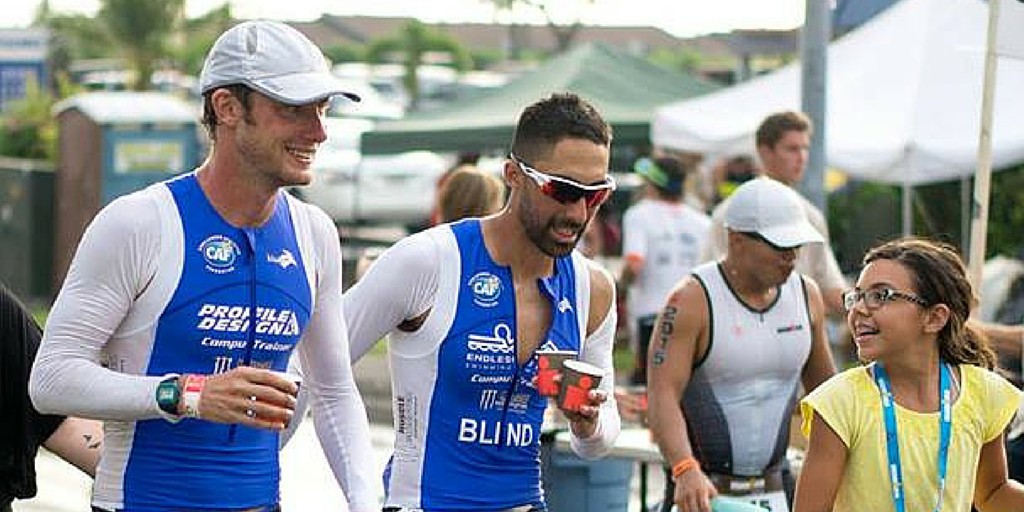Somewhere between the starting line exhilaration and the finish line euphoria, a race that tests an athlete’s heart and personal boundaries takes place. What often gets overlooked is that in addition to typical runners, there are athletes with disabilities competing. The USA Track & Field (USATF) has a detailed policy to assist race directors with the complex questions surrounding disabled athlete participation. Today, we’re sharing some of the Guidelines for Safe Road and Trail Races the Road Runners Club of America (RRCA) suggests for organizing races that celebrate athletes of all abilities:
Pre-Race
- Clearly state on your race application any specific divisions (i.e., wheelchairs) and encourage these athletes to register well in advance so race officials can make necessary preparations.
- Look for race courses that include smooth pavement (e.g., roadways, track surfaces) and well-marked turn around points.
- Avoid race courses that have long distances on grass, uneven pavement, narrow bike paths (especially for wheelchairs), sharp/abrupt turns at the bottom of hills, and finish lines at the bottom of a hill.
Race Day
- Give your athletes with disabilities an early start: 5K – 2 to 3 minutes; 10K – 4 to 5 minutes; Marathon – 10 minutes.
- Provide enough accessible toilet facilities.
- Offer a lead vehicle (car, motorcycle, or bicycle) for the lead wheelchair until he/she has been taken over by typical runners.
Post Race
- Show equity when issuing prizes and awards. Often, no award categories are provided for athletes with disabilities other than wheelchair athletes.
- Consider announcing the names of the top ten finishing non-wheelchair athletes with disabilities, even if no award is presented.
Final Thoughts
Constantly communicate information via your official race website and printed materials throughout the entire race process so athletes can stay current on course terrain, weather conditions, availability of an early start, and any other changes that could impact the race. For additional information on athletes with disabilities, contact Wheelchair & Ambulatory Sports, USA or the United States Association for Blind Athletes.
Photo Credit:Â United States Association of Blind Athletes
Interested in planning a race or any type of running event? Start planning your next running event on Events.com.




